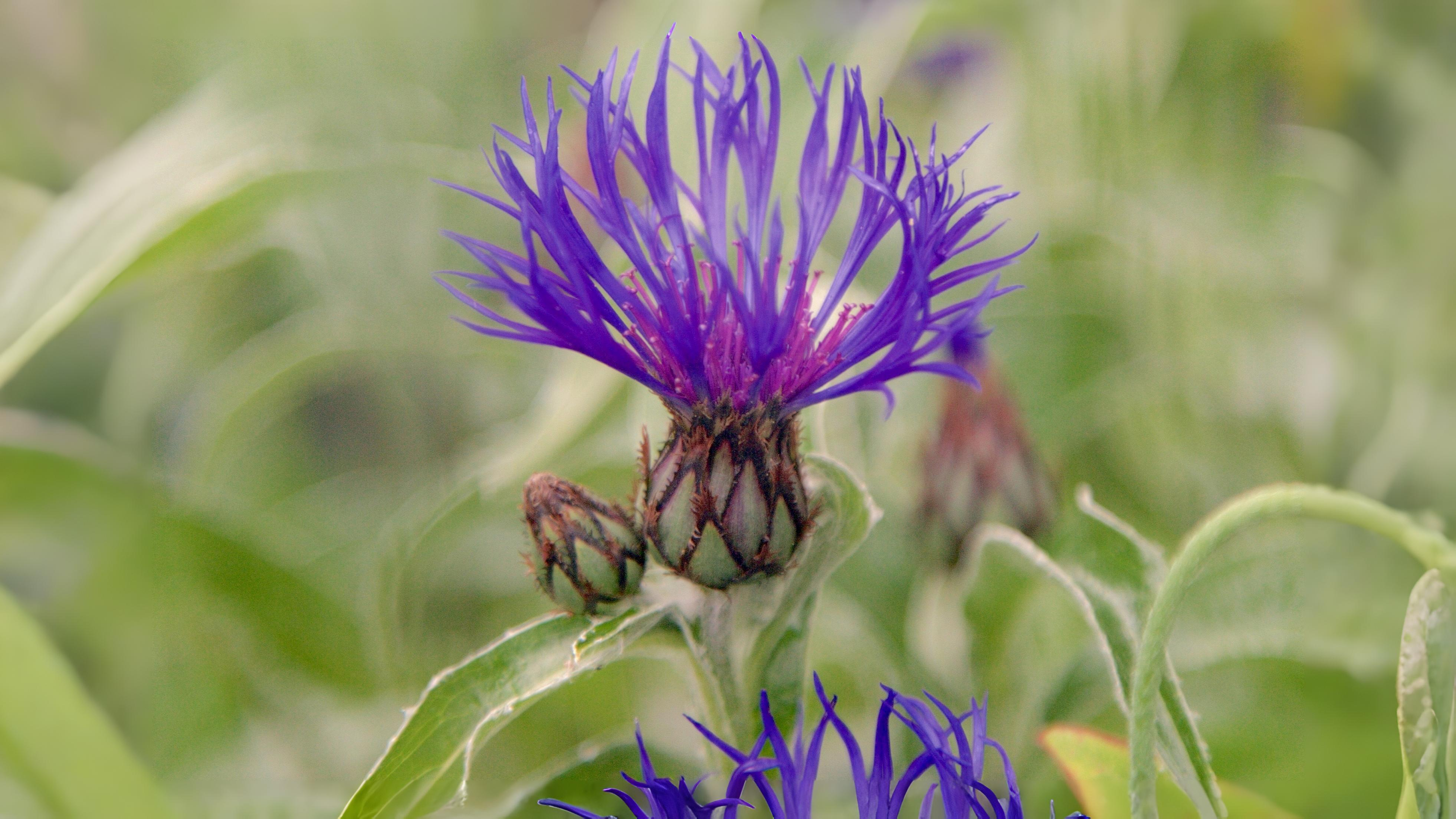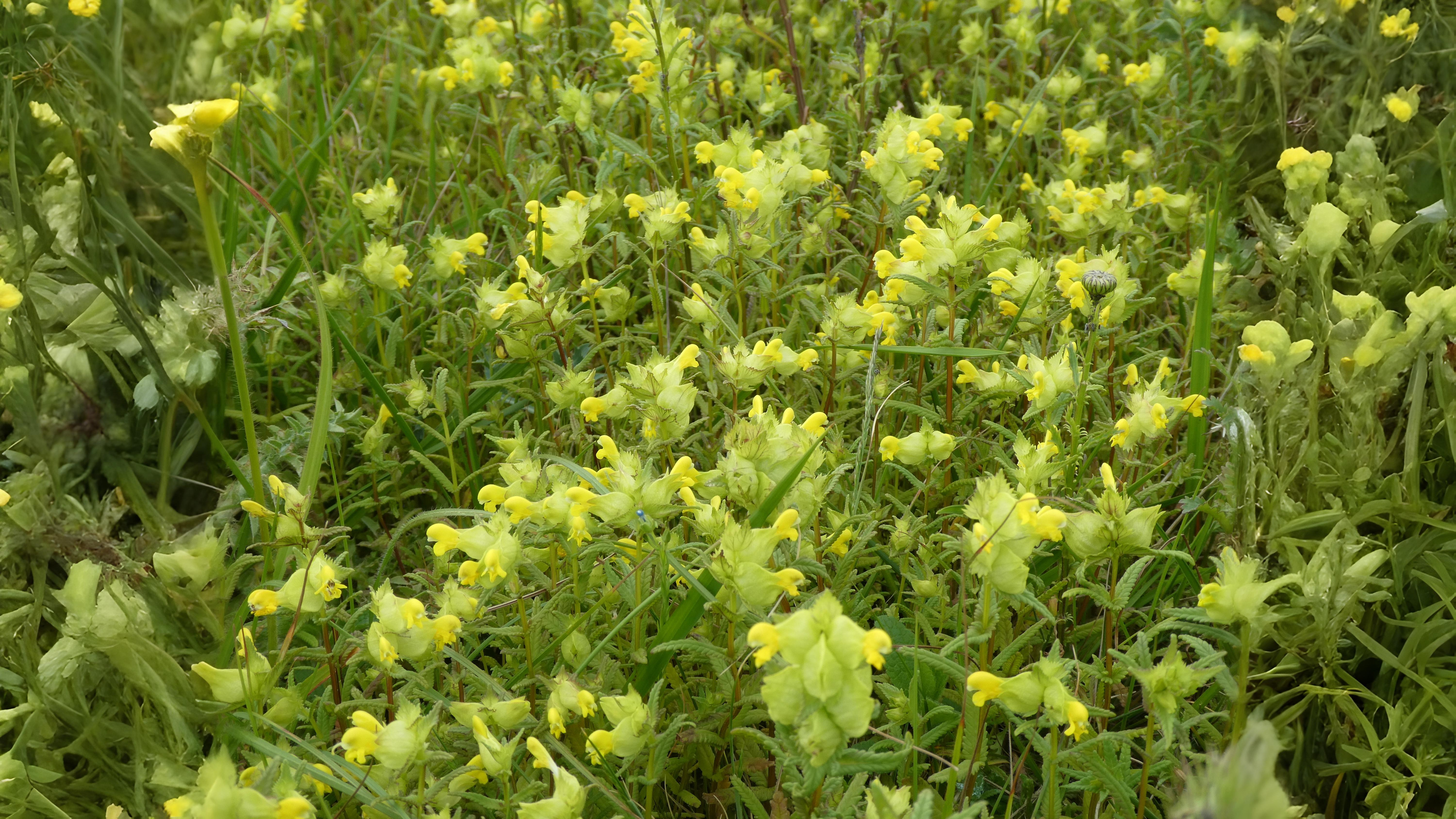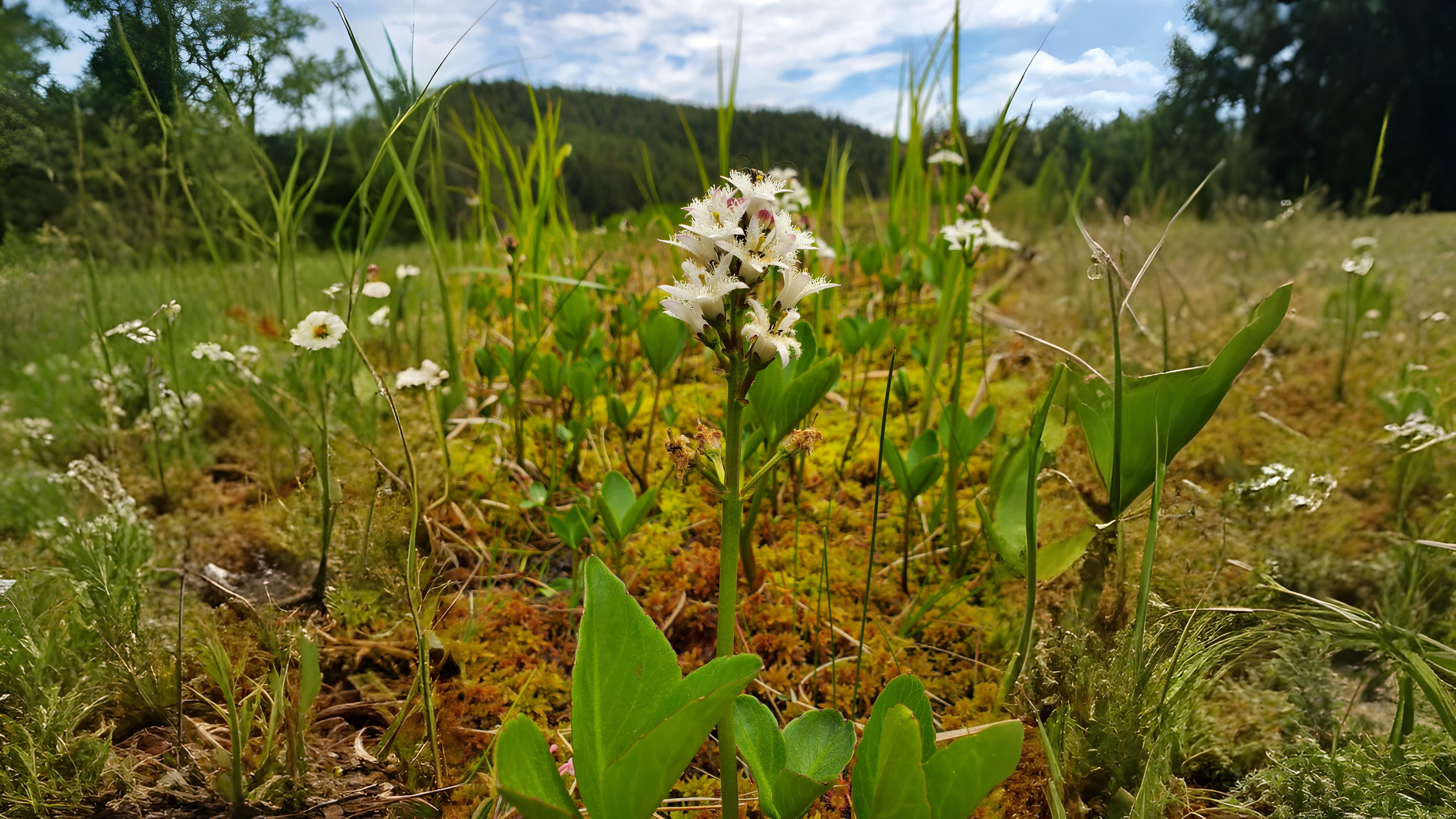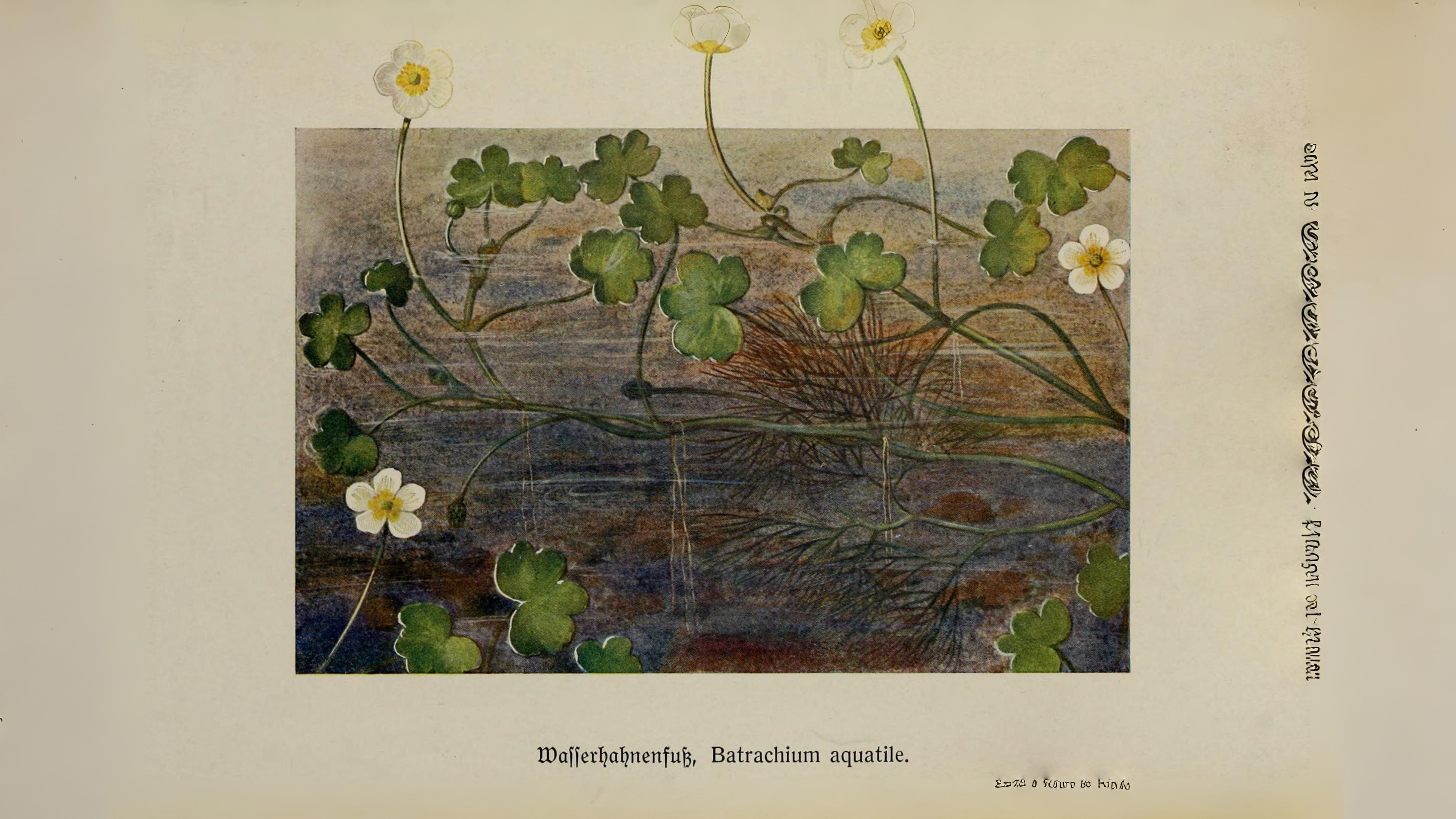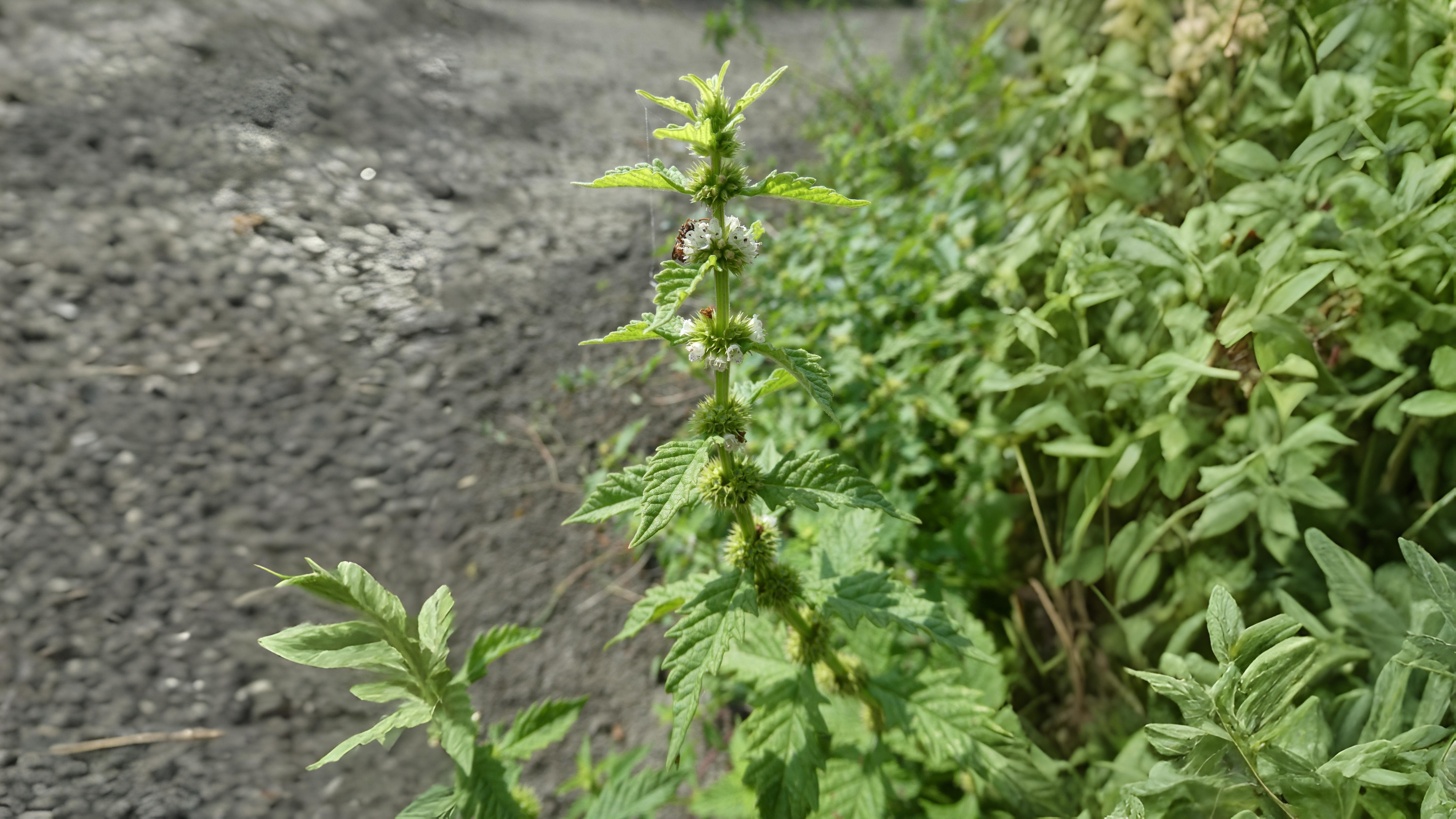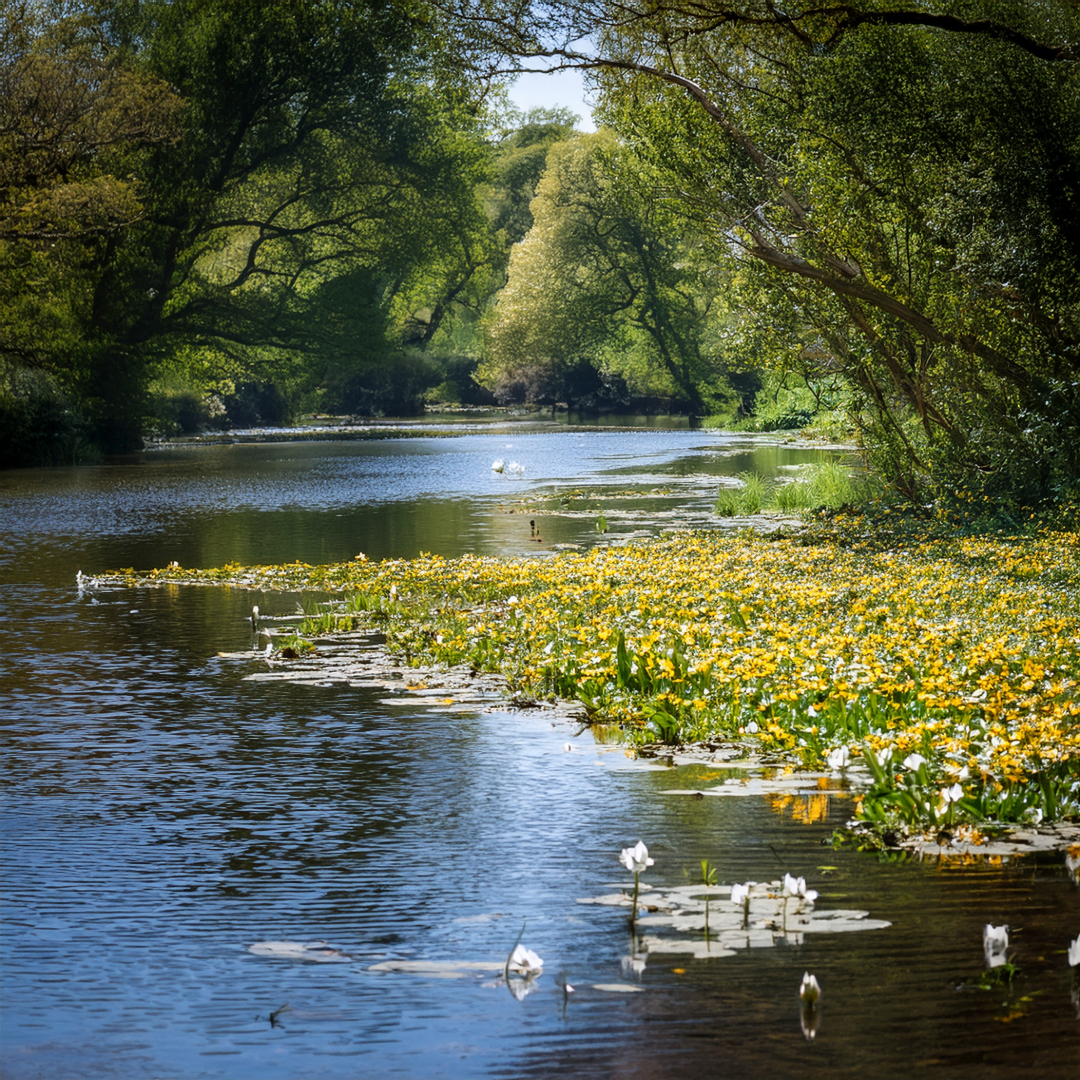
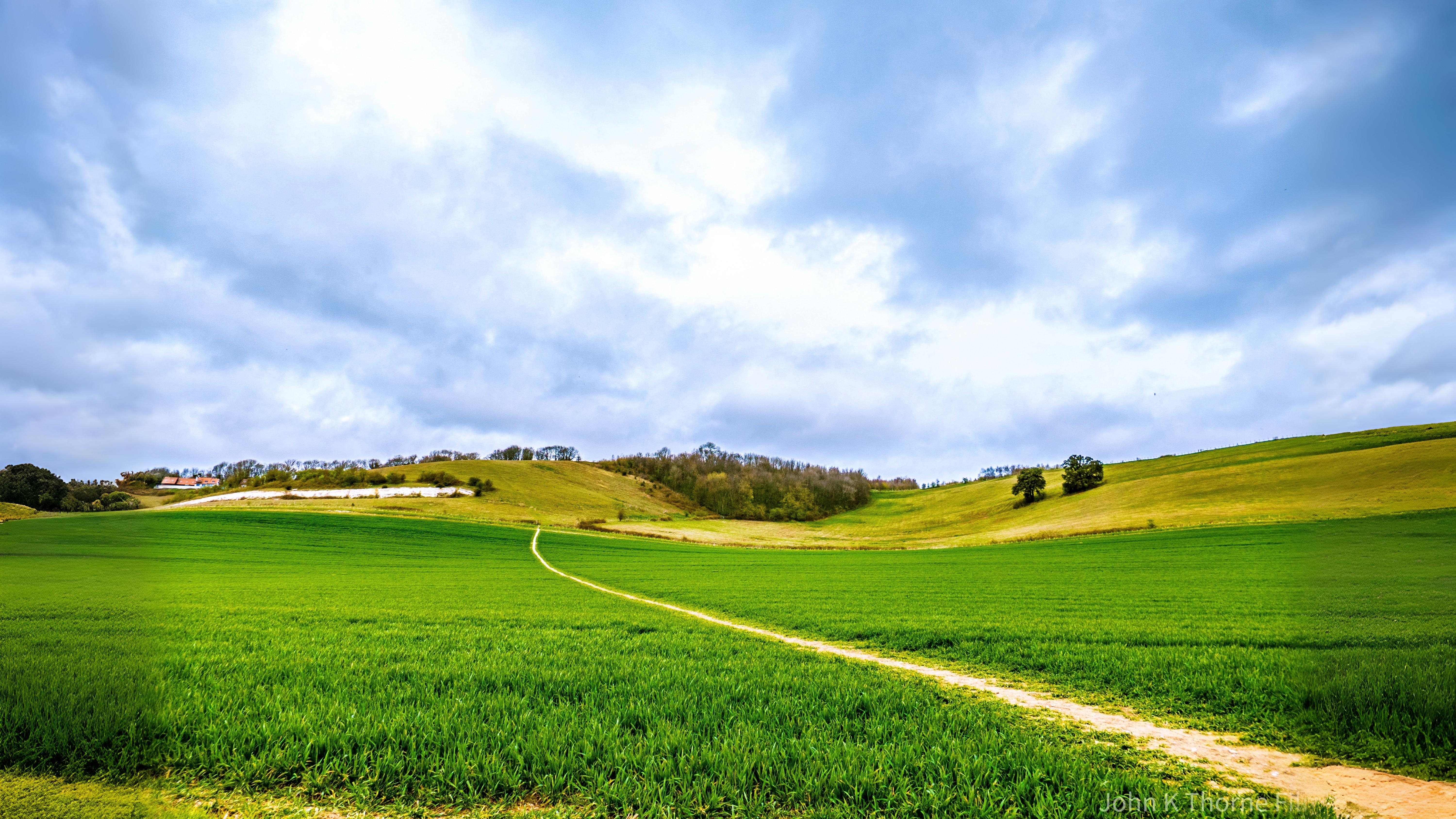

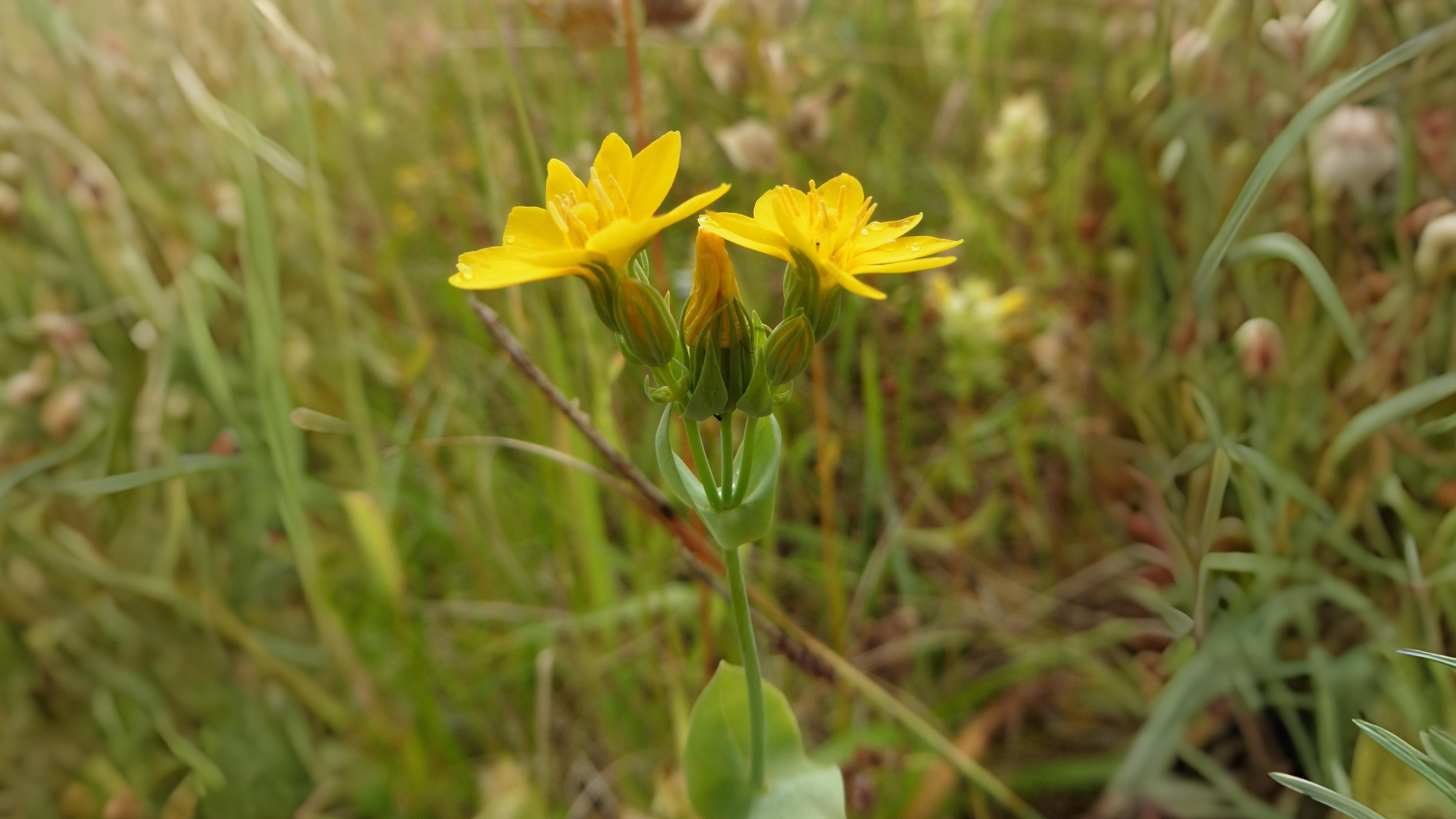

Where rabbits are grazing and the turf is short, the small, powder pink flowers of centaury Centaurea erythraea can also be common. The ‘centaur’ concerned was Chiron, who was known to have used the plant to cure himself after being wounded by an arrowhead dipped in the Hydra’s blood. The flowers are only open on fine days and even then only in the afternoon. Its bitter leaves were once a constituent of the Duke of Portland’s Gout powder, an old cure that surprisingly was administered with wine.
